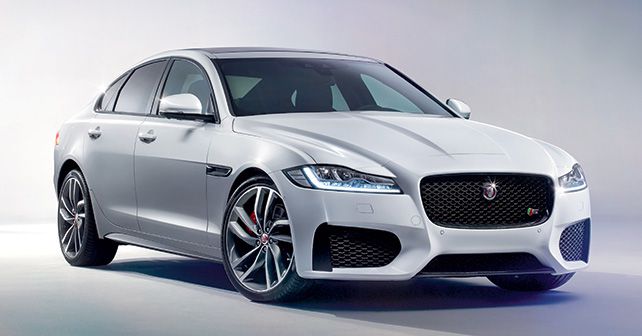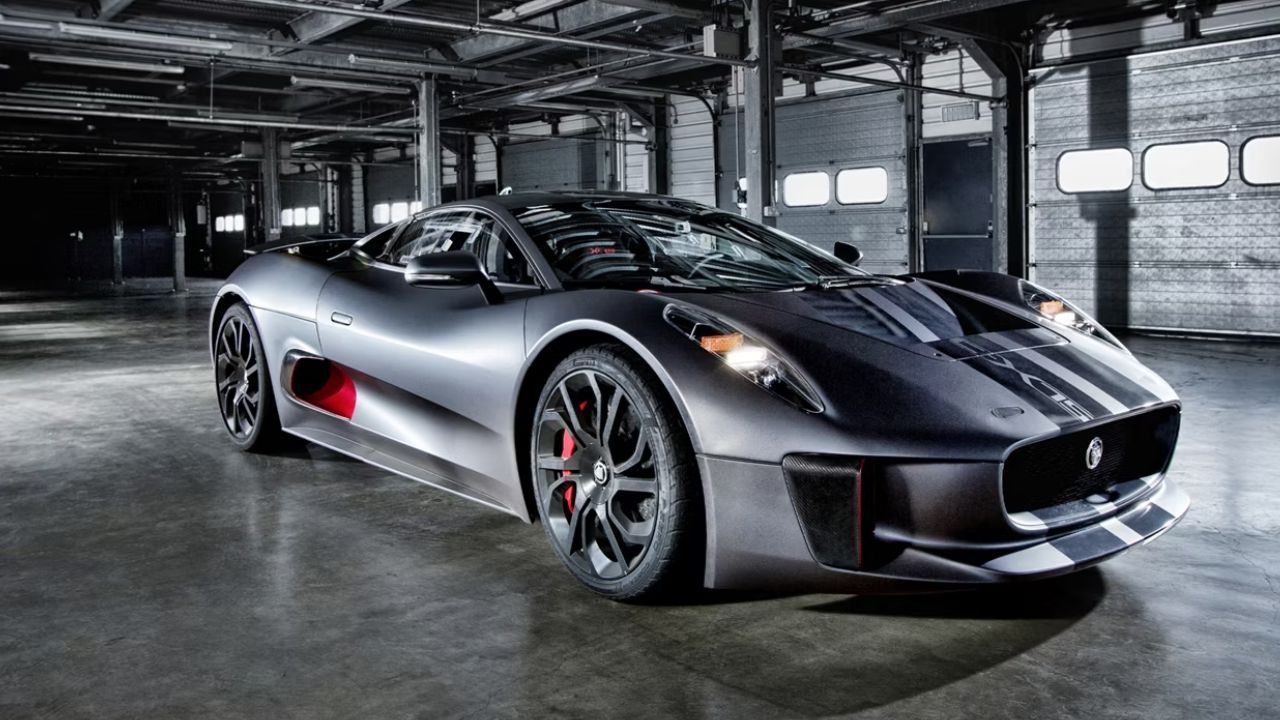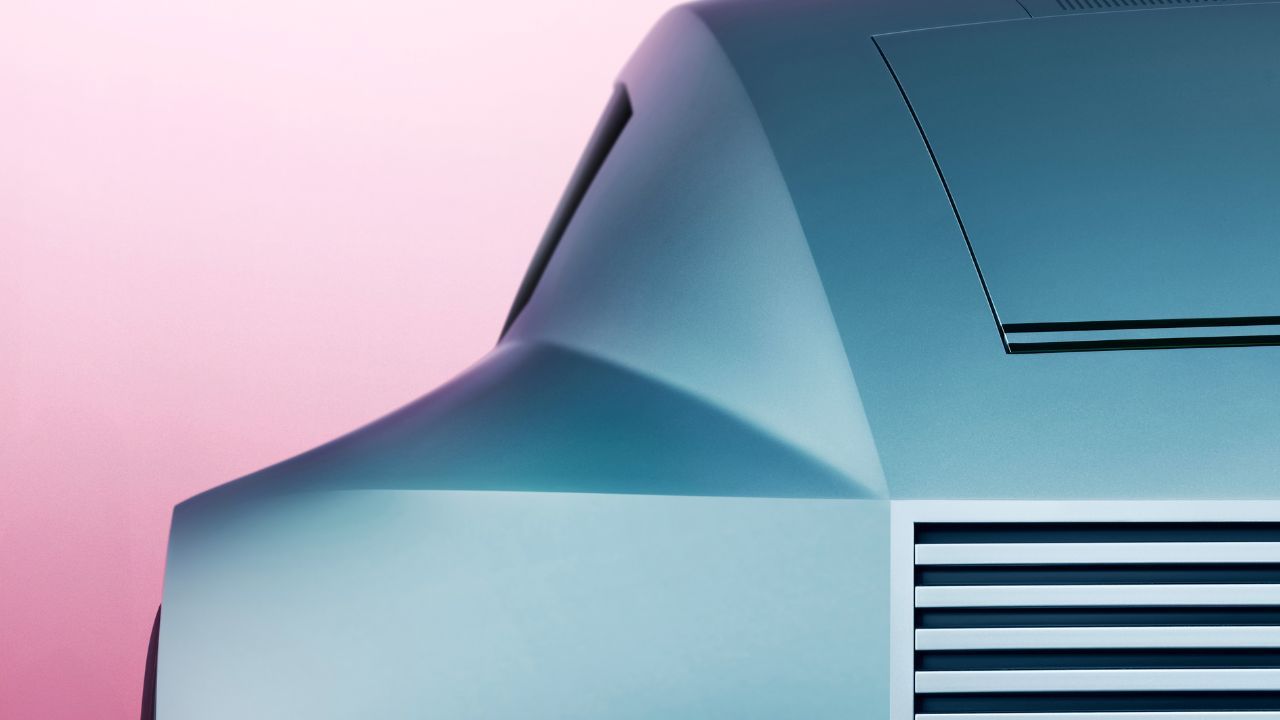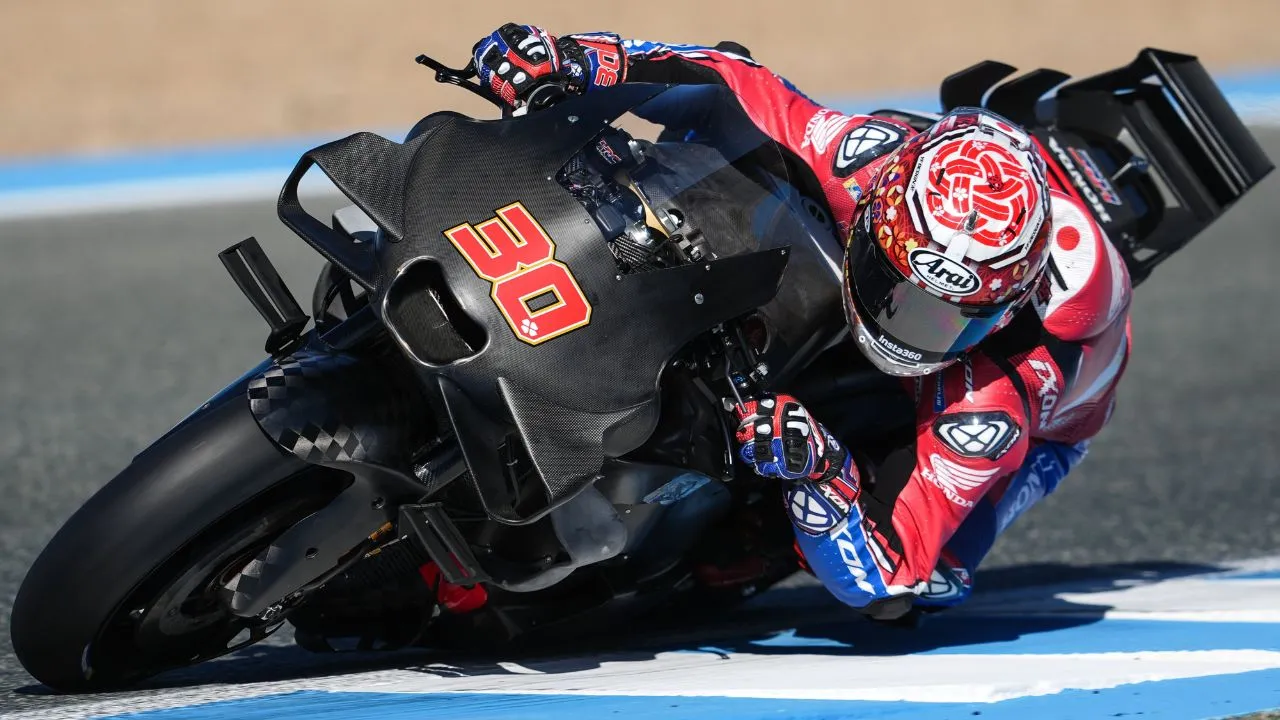The New Jaguar XF
It could well be the year of the cat. British luxury carmaker Jaguar is betting big on the new XF. The car that was instrumental in Jaguar’s turnaround could also become the brand’s mascot to push sales in the coming years.

It could well be the year of the cat. British luxury carmaker Jaguar is betting big on the new XF. The car that was instrumental in Jaguar’s turnaround could also become the brand’s mascot to push sales in the coming years.
The Jaguar XF premium sedan, which in 2008 marked the turning point of the stylistic language of the British brand, is now in its second innings. Unveiled at the New York Auto Show last month, after a spectacular preview in London in March, the second generation of the XF features lightweight tech, new engines, and more.
In many ways, it marks a full circle for Jaguar. In the past eight years, since Tata Motors bought it from Ford, Jaguar has renewed most of its range – including the new XJ, entered the entry-level luxury segment with the XE, and introduced the F-type.
The new Jaguar XF is not just the launch a new model, but also a celebration of a success story. And it does this at an interesting time for the leaping cat – the creation of its first sport utility vehicle. For all its iconic status, the sales numbers at Jaguar are still negligible. Last year, the carmaker sold 81,570 units – just over a fifth of those sold by its sibling, Land Rover.
The F-type is not a car that’s meant to sell in large volumes. For a surge in sales, we’ll have to wait for the XE – a competitor to the ever-popular BMW 3 Series. We will also have to wait for the arrival of the F-Pace. These are the two crucial models that could ensure we see the Jag’s feline silhouette more often on the roads. It’s time for the carmaker to face this challenge – and if it triumphs, it’ll fuel Jaguar’s future ambitions. For now, the XF is the fundamental pillar of Jaguar’s current line-up.
Last year, Jaguar sold 15,000 units of the first generation of the XF – which isn’t bad considering that it was nearing the end of its life. And, therefore, it would have been useless to expect revolutionary styling for the new model. Of course, it’s a different story when it comes to technology, as well as what’s under the hood. As far as design is concerned, the lines are not far from those that have built Jaguar’s current brand identity.
“With the XF, the goal of the engineers was to get the maximum interior space. Mine, however, was to make a car that was recognisable as a Jaguar. Therefore, I tried to keep the roof as low as possible to avoid losing the coupe effect. If you want more space, buy a Land Rover,” said Jaguar design head, Ian Callum.
The final compromise, if ever there is need to look for one, is quite positive. Access to the rear is comfortable – and the sleek roofline isn’t affected at all. Indeed, for the detail oriented, the new XF is three millimetres lower than the outgoing model. The new design produces a Cd of 0.26, while the efforts in unlocking space and usability have resulted in numbers that the manufacturer hasn’t yet revealed. Nevertheless, they claim that it’s sufficient to confer segment leadership on its new mid-size sedan. The new car is only marginally shorter than the outgoing model, but its wheelbase is longer by 5.1 centimetres. From a purely aesthetic point of view, beyond the most athletic proportions, with short overhangs, the shape of the third window is very interesting – as it’s distinct from both the previous XF and XE.
SLIMMING DIET FOR A 200KG SAVING
Like the XJ and the compact XE, the new XF uses an aluminium-intensive architecture. As a result, the company says the car’s weight has been reduced by 200kgs. Aluminium makes up 75% of the architecture, which also increases its torsional rigidity for better handling. And this is crucial for Jaguar, which wants to rebuild its sporting legacy.
The overlapping at the front wishbone, multi-link at the rear and perfect weight balance (50-50 front and rear) speak for themselves. In addition to two specific suspension options (passive or adaptive damping shock absorbers) to pamper occupants, they’ve decided to offer the Configurable Dynamic System – which debuted on the F-type, and which allows the driver to individually set the suspension, steering, engine and transmission modes.
The ‘torque on demand’ device introduced on the F-type AWD is also available as an option on the XF. From the XE comes the All Surface Progress Control, which optimises the torque output at low speeds on slippery surfaces – to ensure the best traction in any situation. The system operates the brakes and accelerator independently, leaving the driver with only the task of steering the car.
TWO SIDES OF THE SAME SCREEN
Along with the new architecture, the XF also gets new diesel engines – particularly the one that’s important to the Indian market. The 2.2-litre diesel has been replaced by the 2.0-litre, four-cylinder from the Ingenium family – available in two power levels, 163 and 180bhp (with 380 and 430Nm of maximum torque respectively), mated to an eight-speed automatic. The 3.0-litre V6 twin-turbo has also been revised, and now delivers 300bhp and 600Nm of torque. The petrol engines are already well known. The 2.0-litre four-cylinder turbo with 240bhp, while the 3.0-litre V6 variants produce 340 and 380bhp. It’s very important for Jaguar to place the XF higher than its predecessor – to avoid risky overlaps with the smaller, but well equipped, XE.
Inside, there’s a refined atmosphere similar to that of the outgoing model. The dash is dominated by a 10.2-inch touch screen that incorporates dual-view technology. It allows both driver and passenger to access different information depending on the viewing angle. So the driver can control vehicle settings, while the passenger can use the high speed Internet, or even watch a movie. According to the company, the infotainment system developed for the XF is the most advanced ever offered on a Jaguar.
 “My team was driven by the discipline of simplicity, in order to design the XF. It’s easy to add lines to a car, the harder part is reducing the elements and the number of components,” says Callum. The result echoes this – clean shapes, aligned with the DNA of the brand.
“My team was driven by the discipline of simplicity, in order to design the XF. It’s easy to add lines to a car, the harder part is reducing the elements and the number of components,” says Callum. The result echoes this – clean shapes, aligned with the DNA of the brand.
The new XF retains Jag’s unique rotary gear selector. What’s all-new, however, is the 10.2-inch touch-screen with dual-view technology, which allows the driver to have one view while the passenger has another.
CHRONOLOGY OF A REVIVAL
The renewal of Jaguar began with Ford, which funded the development of the first XF, and took off under Tata. The new owners have used a forward-looking strategy – few dividends, profits reinvested in research and production sites, and a clear vision for the DNA of the brand.
There are many similarities with the new XE, from the chrome accents on the front fender to the shape of the rear. The intention to create a strong family resemblance is obvious, but to avert uniformity, Jaguar has refined every single detail.
© Riproduzione riservata





























Write your Comment on